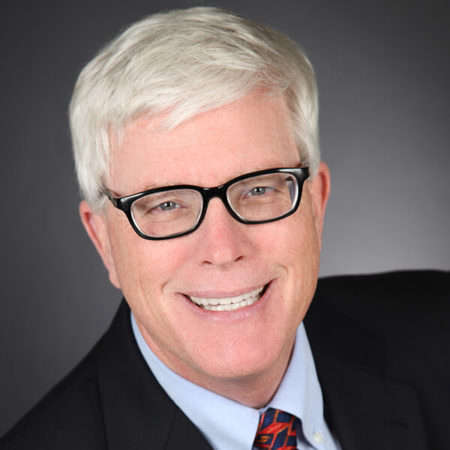
By Joe Brock
ALTADENA, California (Reuters) – In the close-knit Los Angeles suburb of Altadena, where rows of neat bungalows once nestled in the shadow of the San Gabriel mountains, smoldering ruins and the skeletal frames of burnt out cars now lie.
While the fires that have devastated celebrity neighborhoods near Malibu have caught the world’s attention, a similar size blaze in Eaton Canyon, north of Los Angeles, has ravaged Altadena, a racially and economically diverse community.
Black and Latino families have lived in Altadena for generations and the suburb is also popular with younger artists and engineers working at the nearby NASA rocket lab, who were attracted by the small town vibe and access to nature.
Many residents told Reuters they were concerned that government resources would be channeled towards high-profile areas popular with A-Listers, while insurance companies might shortchange less affluent households that don’t have the financial means to contest fire claims.
“They’re not going to give you the value of your house … if they do you really have to fight for it,” said Kay Young, 63, her eyes welling up with tears as she stared at a sprawl of smoking rubble, the remnants of a home that has been in her family for generations.
Inez Moore, 40, whose family home in Altadena was destroyed by the fire, said communities like theirs would likely suffer financially more than wealthier suburbs because many people don’t have the resources or experience to navigate complex bureaucratic systems.
“You’re going to have some folks who are not going to get as much as they deserve, and some folks who may get more than actually they need,” said Moore, a lecturer at California State University.
Moore, Young and several other residents told Reuters they didn’t see any fire engines in Altadena in the early hours of Wednesday when they fled flames engulfing their community, fueling a resentment that their neighborhood wasn’t a priority.
“We didn’t get help here. I don’t know where everybody was,” said Jocelyn Tavares, 32, as her sister and daughter dug through the smoking debris of a life upended – a child’s bicycle half-melted, a solitary cup miraculously spared from the flames.
Los Angeles County Fire Department did not respond to a request for comment about the residents’ complaints.
REBUILD
Since breaking out on Tuesday night, the Eaton Fire has killed at least five people and grown to 13,690 acres as of Thursday night, consuming much of the northern half of Altadena, an unincorporated community of some 40,000 people.
As late as 1960, Altadena was almost entirely white. As new highways built in urban renewal projects tore apart Los Angeles neighborhoods, African American families began buying homes in what remained for decades a relatively affordable community.
Residents told Reuters they paid around $50,000 for a three-bedroom home in Altadena in the 1970s. The same house would cost more than $1 million today.
By 1990, nearly 40% of residents were Black. Today, about 18% are Black, 49% white and 27% are Hispanic or Latino, according to the U.S. Census Bureau.
Altadena residents voiced concerns that the area may become more gentrified if families who have lived here for generations could not secure insurance payouts to cover the cost to rebuild a home that they bought cheap decades ago.
Despite the widespread wreckage, many locals were upbeat about the community rising from the ashes, sharing tales of narrow escapes and memories of decades spent growing up together with neighbors who were now sharing in the disaster.
“There are rows of us that went to school together,” said Young, gesturing to a vast stretch of scorched foundations.
Michael McCarthy, 68, a clerk in the City of Los Angeles, said his home was saved by a neighbor who risked his life by staying behind after everyone else had fled, using a hose to spray water on their roofs.
“I know this community will rebuild, everybody knows everybody here, everybody loves everybody,” said McCarthy, who is due to retire this year.
“Well, I got a new job now, and that’s putting all this back together and do what I can for the neighborhood.”
(Reporting by Joe Brock; additional reporting by Mario Anzuoni and Jonathan Allen. Editing by Kat Stafford and Lincoln Feast.)
Brought to you by www.srnnews.com


 The Supreme Court is considering a possible TikTok ban. Here’s what to know about the case
The Supreme Court is considering a possible TikTok ban. Here’s what to know about the case
 Inflation report could rattle markets after bond yields climb
Inflation report could rattle markets after bond yields climb
 Giuliani faces second contempt bid over false claims about 2020 election workers
Giuliani faces second contempt bid over false claims about 2020 election workers
 US equity funds see outflows on caution over Fed policy uncertainty
US equity funds see outflows on caution over Fed policy uncertainty